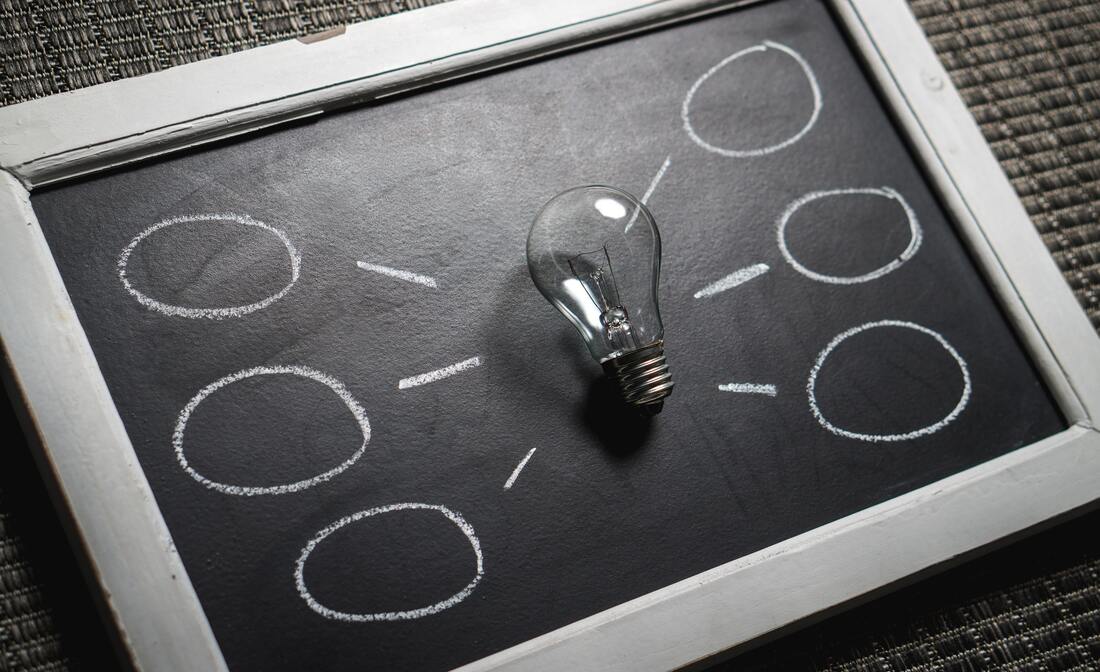A clinical trial was performed at my alma mater Canadian Memorial Chiropractic College (CMCC) that investigated the presence of pro-inflammatory and nociceptive (pain) proteins called chemokines in adults with low back pain and the changes of these levels in the blood following a trial of spinal manipulative therapy (SMT).
While this is early stage research, I am very excited to see investigations in the future to further our understanding of the effects of SMT. Tissue injury results in inflammatory responses that are mediated by a subfamily of chemotactic cytokines known as chemokines. These chemokines induce inflammation, affect communication between inflammatory cells and neurons, and contribute to pain transmission. They are produced on the surface of cells lining blood vessels when inflammatory cytokine activated endothelial cells are stimulated. This study looked at three different types: CCL2 (macrophage chemotactic protein), CCL3 (macrophage inflammatory protein 1α), and CCL4 (macrophage inflammatory protein 1ß).
The study had three groups of patients: 19 acute low back pain (aLBP) patients, 23 chronic low back pain (cLBP) patients, and 21 asymptomatic control patients. There were a number of exclusions such as any manual therapy in the previous 15 days, anti-inflammatory meds in the previous 48 hours, etc. Age of patients ranged from 22-60 years old: average age for aLBP was 35.5; 31.6 for cLBP; and 36.1 for asymptomatic control participants. The researchers measured patients at baseline and at the end of the study (2 weeks) with specific outcome measures. The pain patients were measured for activities of daily function using the Oswestry Disability Index (ODI) and subjective pain using visual analogue scale (VAS). All three groups blood was measured for CCL2, CCL3, and CCL4 at baseline and at the end of the study.
![]()
The LBP patients received one single adjustment (SMT) at a lumbar or SI segment on alternating days for a total of 6 adjustments over 12 days. What would have been the 7th treatment they completed the followup outcome measures along with the control group.
- Both acute and chronic LBP patients had statistically significant (SS*) and clinically significant improvement in both VAS and ODI scores from baseline to follow up.
- At baseline there was SS* increased values of CCL2, CCL3, and CCL4 in the aLBP and cLBP patients compared to the control group.
- After the treatment protocol there was decreases in CCL2 for both pain groups compared to the control group, however these values were not SS*.
- After the treatment protocol there was SS* decreases in CCL3 for both pain groups compared to the control group, with a greater decrease for the cLBP patients.
- After the treatment protocol there was SS* decreases in CCL4 for the aLBP pain group compared to the control group.
- Even with the decrease in all three proteins, the final levels were still higher in the pain groups than that of the control group. This matches the reduction but incomplete resolution seen in the VAS and ODI scores.
So what does this tell us and what should we keep in mind when interpreting this data?

The purpose of this study was to evaluate the possible effect of SMT on these chemokines and so the treatment was limited to one adjustment per treatment. That being said, in a clinical situation I will do more than one adjustment. I would be interested to see the study repeated with the frequency spread out over a longer period and treatments using multiple adjustments typical of a clinical encounter. Would more treatment result in bringing the levels down to asymptomatic levels?
I would also be interested to see these chemokine levels a few weeks or months after the treatment. Is it possible the effects were only just beginning and needed more time, or would the levels remain the same or revert back to original levels
It would be wonderful to see an additional control group that is a pain based control group either receiving standard treatment other than SMT or maybe on a waitlist to receive SMT. This would allow us to see the levels during a natural history progression.
We also know that persistence and recurrence of low back pain is common for patients. Can this improvement without full resolution be an indicator for recurrence?
We can say with full certainty there is a correlation with the decrease in clinical outcomes (VAS and ODI) and the decrease in chemokine levels after SMT, but cannot determine if it is causation. Perhaps future studies can investigate this relationship in more detail.
Additionally we can say with full certainty there is a correlation between SMT and the decrease in proinflammatory and nociceptive chemokines, but cannot point to causation without further investigation.
Dr. Judith McCann is a chiropractor in Sharon, East Gwillimbury and helps patients recover and strengthen from injuries and conditions such as low back pain. At Haptic Health and Chiropractic we offer a range of therapies from working on muscles and joints manually (such as SMT), to rehabilitation therapy (exercises and stretches), acupuncture, and custom orthotics. We treat a variety of conditions including low back pain, shoulder pain, neck pain, jaw pain, and headaches. If you live in Newmarket, East Gwillimbury, Aurora, Bradford, or Keswick and are looking for a chiropractor or don’t know what type of physical/manual therapist to turn to, give us a call for a complimentary consultation to see if we’d be a good addition to your health care team. Call us now at 905-235-6777 or set up an initial appointment directly using our online booking application.
References
- Teodorczyk-Injeyan JA, McGregor M, Triano JJ, Injeyan SH. Elevated Production of Nociceptive CC Chemokines and sE-Selectin in Patients With Low Back Pain and the Effects of Spinal Manipulation: A Nonrandomized Clinical Trial. Clin J Pain. 2018 Jan;34(1):68-75. doi: 10.1097/AJP.0000000000000507. PubMed PMID: 29200015; PubMed Central PMCID: PMC5728592.
- Ache Adult Back Pain – Photo by rawpixel.com from Pexels
- Bed Doctor – Photo by rawpixel.com from Pexels
- Black And White Blackboard Chalkboard – Photo by Pixabay from Pexels

Thanks on your marvelous posting! I actually enjoyed reading it, you are a
great author. I will always bookmark your blog and will eventually come back at some point.
I want to encourage you to definitely continue your great work, have a nice morning!
Thank you Antonina.